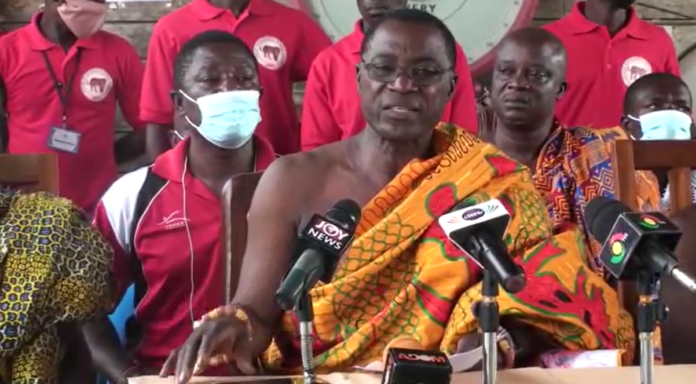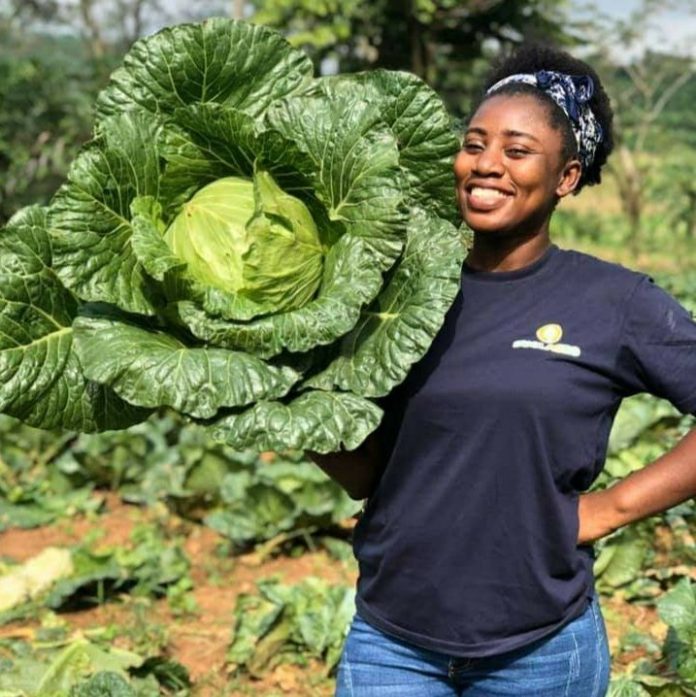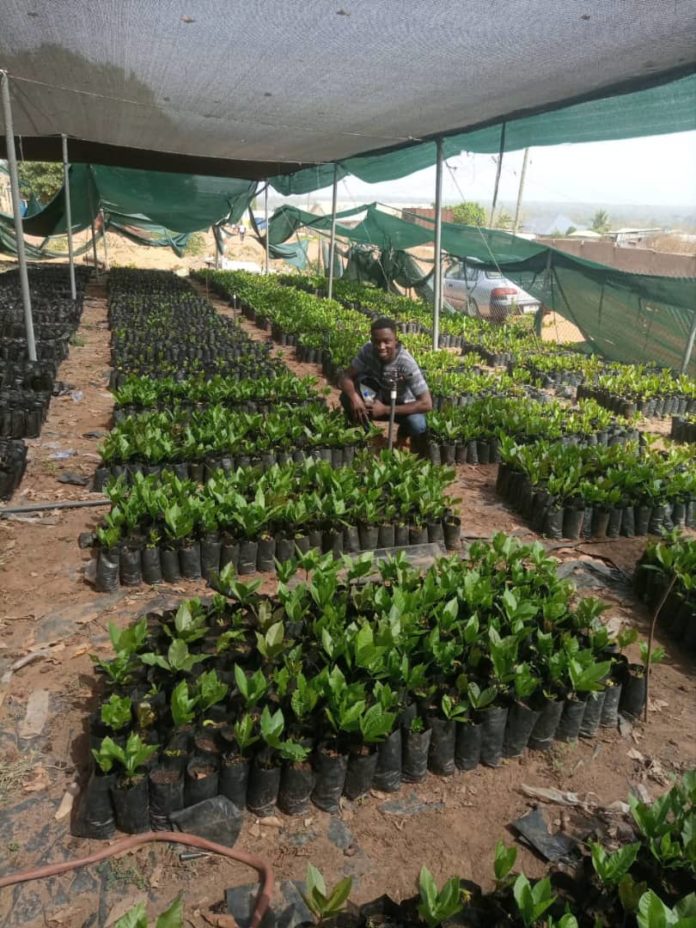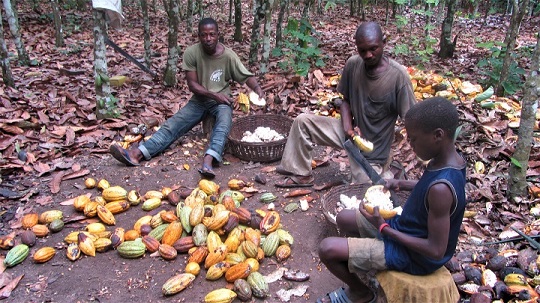African Development Bank President, Dr. Akinwumi Adesina, has reiterated that the special agro-industrial processing zones program that will soon get underway in seven states in Nigeria will be game-changers for agriculture in the country.
Marian Ofori Twumasi was adjudged the Best Youth Farmer at the National Best Farmer’s awards 2021.
Marian Ofori Twumasi, the CEO Mariseth Farms, has received the distinction of National Best Youth Farmer in December 2021.
Yes, there is life after school. Find it in agriculture! Expert says.
“As the world changes…fresh perspectives from young, innovative minds are essential for future growth.” Experts say agriculture not only offers excellent career opportunities for school-leavers but also a chance to help secure our future.
Unilever to cut 1,500 jobs worldwide.
Consumer goods giant Unilever has confirmed it will cut about 1,500 jobs globally as part of an overhaul of its management and structure.
Chief seizes 450-acre cocoa plantation from COCOBOD for breach of contract.

The Chief and the people of Assin-Wurakese in the Assin-Fosu Municipality of the Central Region have reclaimed a 450-acre land leased to COCOBOD some 40 years ago for the establishment of a Cocoa Research Station.
Entrepreneur capitalises on demand for processed cassava products.
Janet Gyimah-Kessie joined a programme in Ghana that promoted the cultivation of cassava in 2002. What started as an acre of cassava has since grown into a cultivation and processing business, Josma Agro Industries, that is looking to branch into direct exports in the near future.
Government must invest more in Climate Smart Agriculture – CEO ASPASSION Farms.
The Chief Executive Officer of ASPASSION Farms, Farmer Robben Asare is asking the government to invest more in Climate Smart Agriculture which will help drive increased productivity, enhanced resilience, and reduced emissions across the country.
Stop investing in Burkina Faso’s horticulture sector; invest in Ghana’s irrigation system – Dumelo.
Actor and prolific farmer John Dumelo has complained bitterly about the import of tomatoes and onion from Burkina Faso when these vegetables can be cultivated in Ghana.
The actor who is currently in the Upper East Region on an agricultural tour of the region made this known in a post shared on social media.
John Dumelo indicated that it is high time Ghana focuses on the production of onions and tomatoes since the country has the potential of growing vegetables.
He said like the people of Burkina Faso use who use irrigation and the right seeds in all-year-round production, there is the need for the people of Ghana to invest in irrigation and the right seeds.
“I took this video on the Bolgatanga- Navrongo highway. Every year, from December to about May, thousands of trucks move to Burkina Faso to buy tomatoes/onions for the Ghanaian market. Same tomatoes/onions can be cultivated in large quantities in Ghana especially the Upper and the Northern parts of Ghana.”
“We can use these water bodies to initiated massive irrigation systems to grow tomatoes, especially the Pectomech variety, onions, etc to feed ourselves and also for export. We should be targeting about 15-20 tons per hectare output from the farms. With these projections, the trucks will eventually stop crossing the border and now buy from our farmers. The money must stay home. It’s time to get things done!”
Multi-Stakeholder Corporation required to eliminate child labour – cocoa expert.
Cocoa Value Chain Analyst, Mr. Eliseus Opoku-Boamah has said Ghana needs a supportive attitude to eliminate child labour in cocoa farms in the cocoa value chain rather than a punitive approach across the country.
Nigeria is hoping to overtake Ivory Coast and Ghana in cocoa production come 2027.
- Nigerian cocoa farmers plan to actualize this through a combination of methods, including sustaining farming.
- They believe that increasing Nigeria’s cocoa output would help the country to earn more foreign exchange.
- Ivory Coast is currently the largest producer of cocoa beans in Africa, followed by Ghana.













